“He Named Me Malala” sheds light on fight for worldwide education
Nobel Peace Prize Laureate Malala Yousafzai’s call to action for worldwide education
Malalai of Maiwand is a legend for the Pashtun people. In the Battle of Maiwand in 1880, Malalai rallied the Pashtun fighters to fight the British, fighting alongside Ayub Khan, the Afghan Prince. The Pashtuns were victorious, but while the British were retreating Malalai was fatally shot in the head, dying at the age of 18.
In 1997, when Malala Yousafzai was born her father Ziauddin named his daughter after the Pashtun heroine, Malalai. Little did Ziauddin know that his daughter would become a heroine herself, fighting against the oppressive rule of the Taliban in the Swat Valley of Pakistan.
When she was 15, Yousafzai was fatally shot in the forehead while on her way home from school. Leading up to the shooting, Yousafzai spoke up against the Taliban’s anti-equal education policies, openly advocating for the full education of girls and women around the world as well as running a primarily anonymous blog for a BBC Urdu blog about life in Pakistan.
After the shooting, Yousafzai was moved to an English hospital, while thousands of schoolchildren waited and hoped for her recovery. When she miraculously did recover, Malala and her family were told by the Taliban to never come back home to Pakistan, and that they would be killed if they ever did.
Now, only three years after the shooting, a documentary by Davis Guggenheim,“Waiting for Superman”, followed Yousafzai’s story from when she was born to when she became the youngest Nobel Peace Prize winner in history. “He Named Me Malala” looks at Yousafzai’s fight, as well as her campaign, Stand #withMalala, to raise enough money for girls around the world to recieve a full twelve year education, prevent adolescent marriage as well as, raise awareness around the world.
“[The documentary] made me grateful that I have access to a full education,” Erica Thomsen, freshman, said. “There are some girls who have no ability to go to school.”
Yousafzai goes between meeting with important people, such as the Queen of England, and travelling to different schools or refugee camps to help women and children.
Between her travelling, Yousafzai spends most of her time at her home in Birmingham, England, with her mother, Tor Pekai, and her two younger brothers, Khushal and Atal, who are all in the documentary, showing the more human side to Yousafzai.
Along with a look into Yousafzai’s home life, “He Named Me Malala” transitions between animation and live action, lightening up the documentary between the more serious parts. But there are some breaks between more serious parts, making the documentary drag occasionally.
“Sometimes it does kind of get boring,” Jessica Prendez, junior, said. “It seems like it’s going to end, but then it keeps going but eventually picks back up.”
Aside from the slower parts, “He Named Me Malala” is an effective call to action for everybody that watches it. To drive in the reason to fight, the film uses photos from Yousafzai’s attack along with videos and photos of the women and girls who are living through the same oppression as Yousafzai did.
“He Named Me Malala” showcases its purpose in an eye-opening combination of stories and experiences of girls around the world, earning an A for it’s effective way of promoting Yousafzai’s campaign for worldwide education.
Your donation will support the student journalists of West Linn High School. Your contribution will allow us to continue to produce quality content by purchasing equipment, software, and continuing to host our website on School Newspapers Online (SNO).

When students hit the road at 7 a.m., they are usually rushing around trying to find the best parking spot. However, for Katharine Koehler, junior, she...


![Reaching out. Christopher Lesh, student at Central Catholic High School, serves ice cream during the event on March 2, 2025, at the Portland waterfront. Central Catholic was just one of the schools that sent student volunteers out to cook, prepare, dish, and serve food. Interact club’s co-president Rachel Gerber, junior, plated the food during the event. “I like how direct the contact is,” Gerber said. “You’re there [and] you’re just doing something good. It’s simple, it’s easy, you can feel good about it.”](https://wlhsnow.com/wp-content/uploads/2025/03/interact-1-edited-1200x744.jpg)






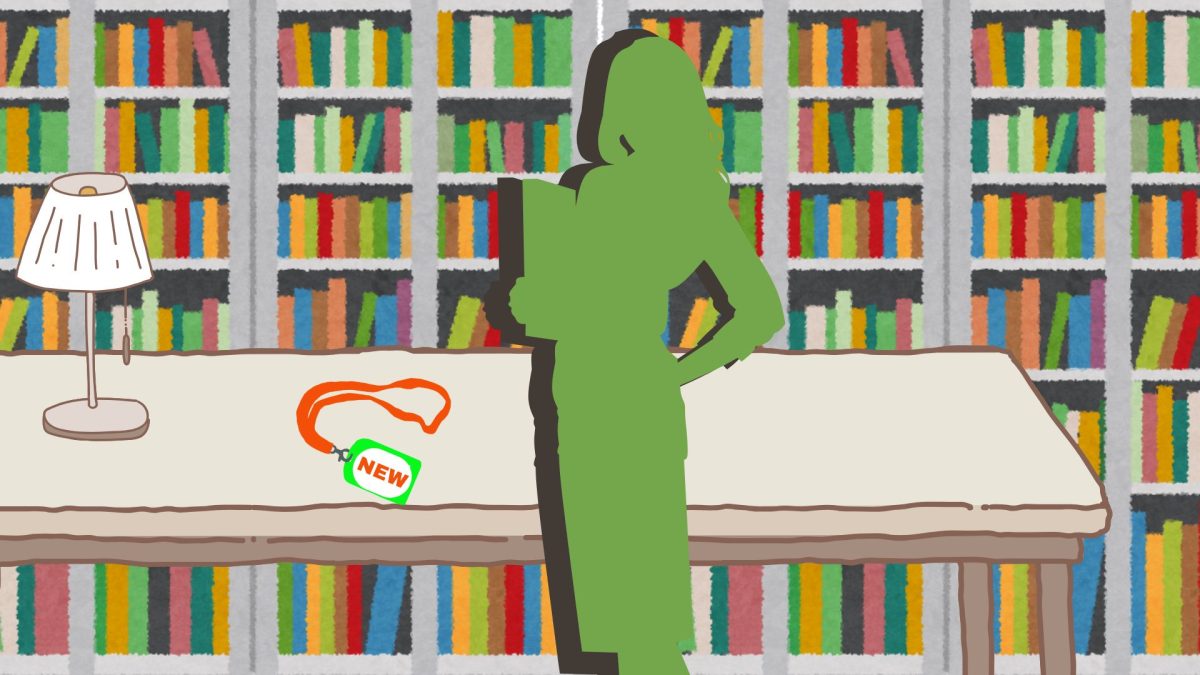







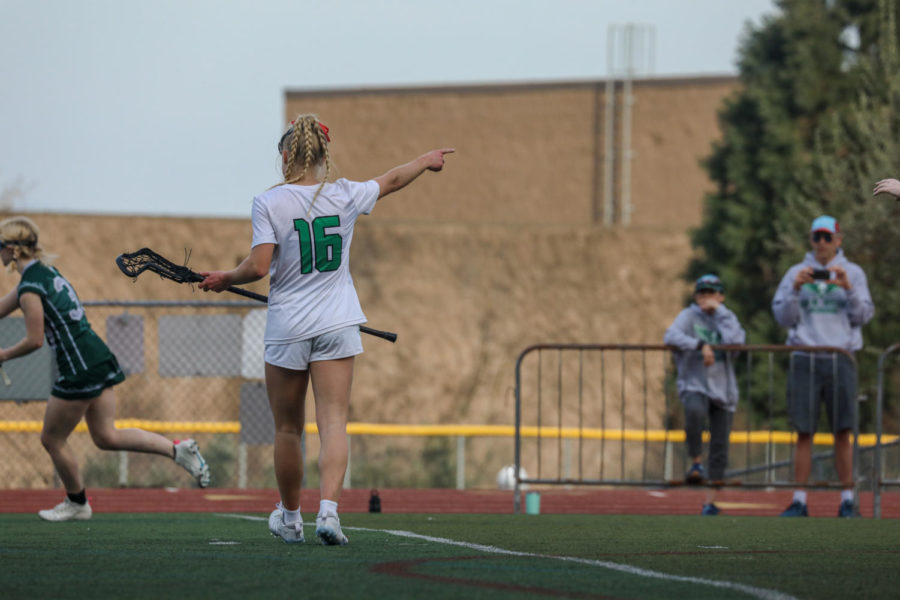












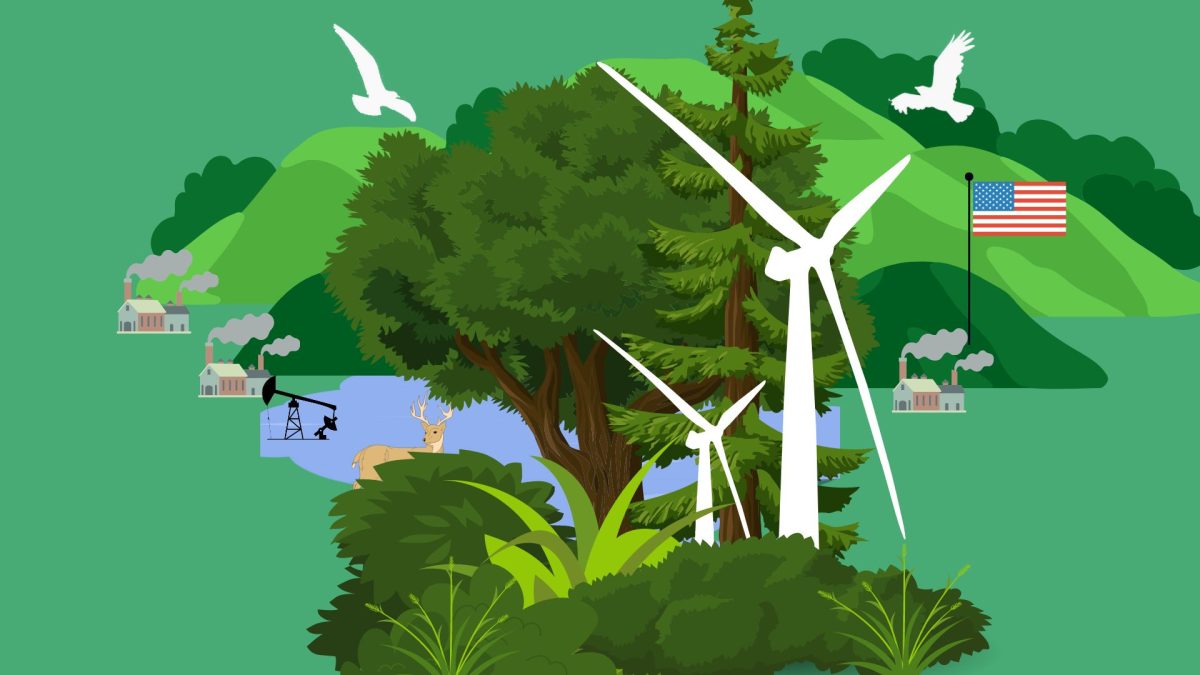







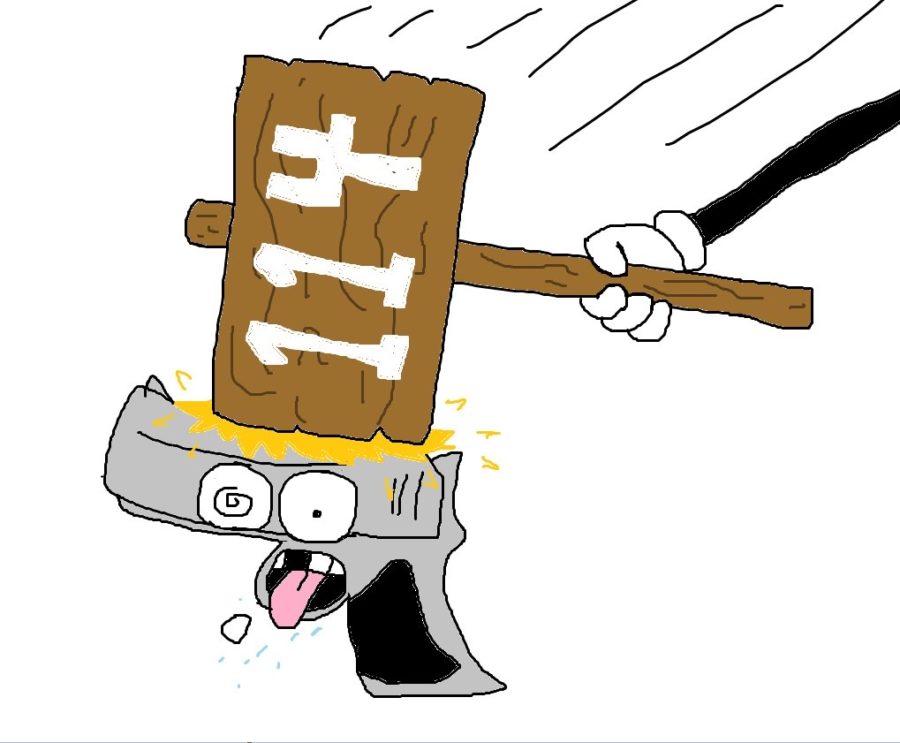

























![At the bottom of the third inning, the Lions are still scoreless. Rowe stands at home plate, preparing to bat, while Vandenbrink stands off to the side as the next batter up. Despite having the bases loaded, the team was unable to score any runs. “It’s just the beginning of the season. We’re just going to be playing out best by June, [and] that’s where champions are,” Rowe said.](https://wlhsnow.com/wp-content/uploads/2024/03/IMG_3077-1200x900.jpg)





















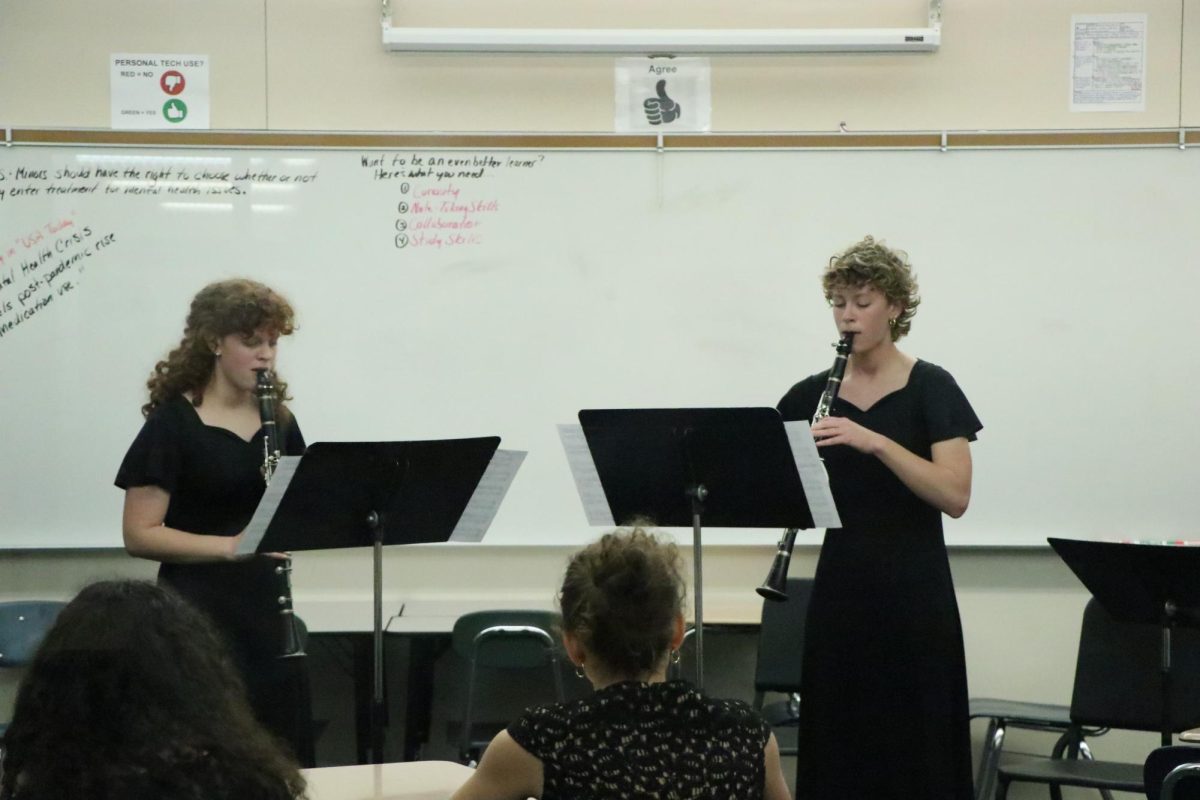




















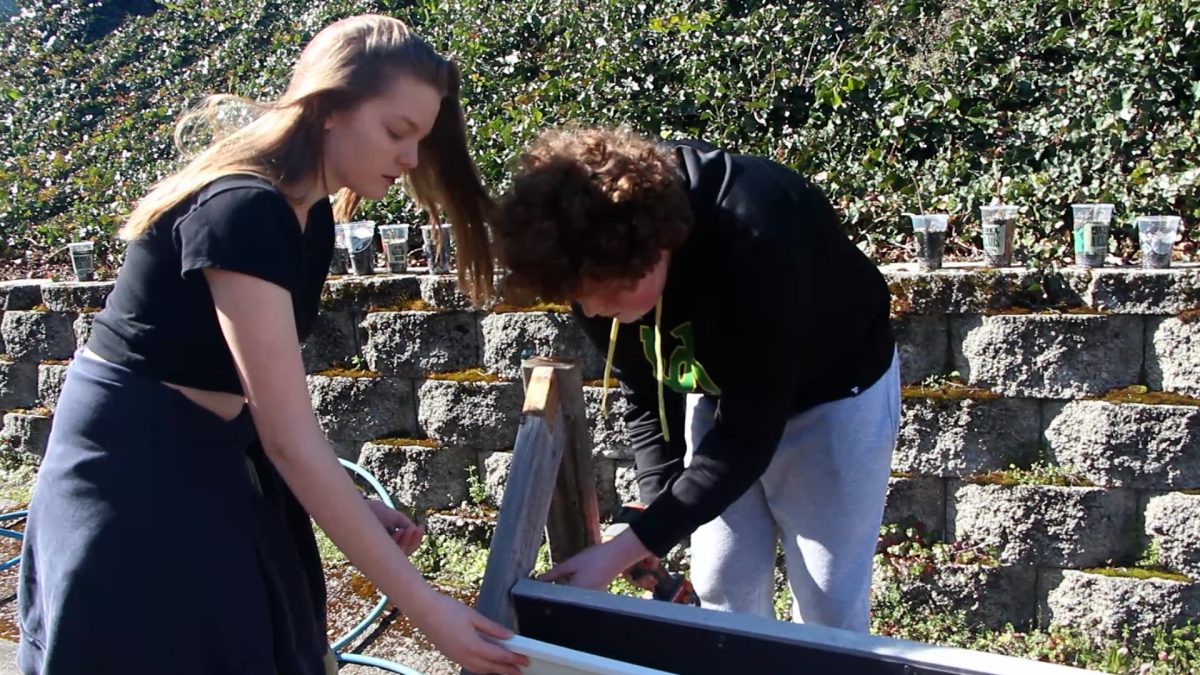

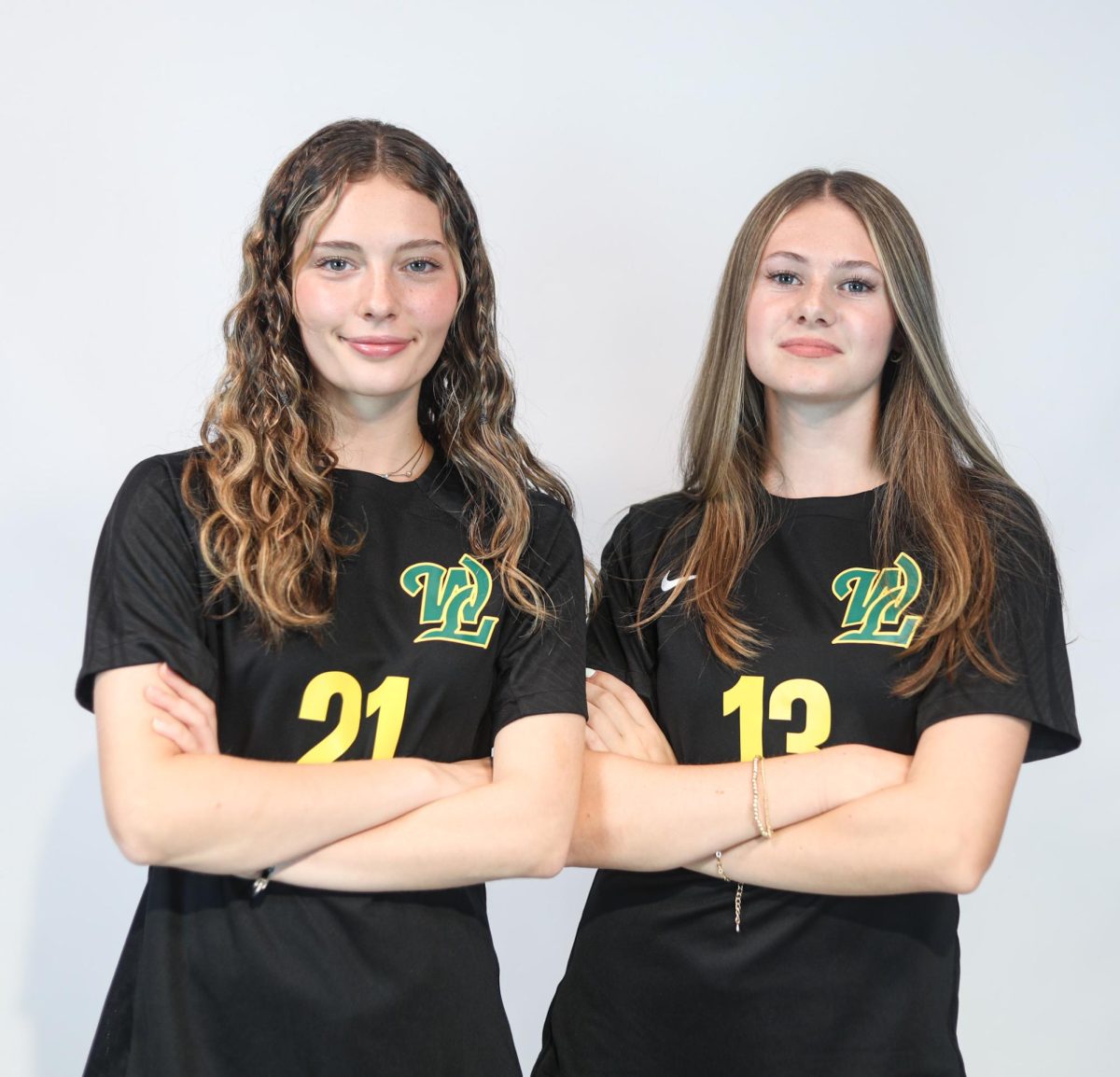










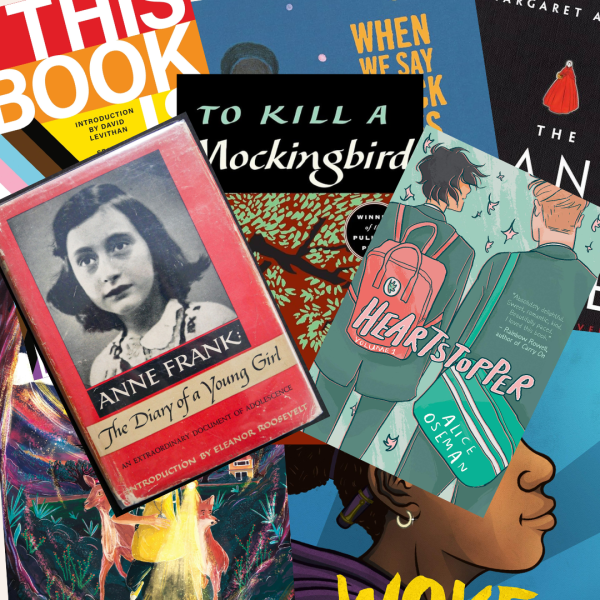





![Reaching out. Christopher Lesh, student at Central Catholic High School, serves ice cream during the event on March 2, 2025, at the Portland waterfront. Central Catholic was just one of the schools that sent student volunteers out to cook, prepare, dish, and serve food. Interact club’s co-president Rachel Gerber, junior, plated the food during the event. “I like how direct the contact is,” Gerber said. “You’re there [and] you’re just doing something good. It’s simple, it’s easy, you can feel good about it.”](https://wlhsnow.com/wp-content/uploads/2025/03/interact-1-edited-600x372.jpg)